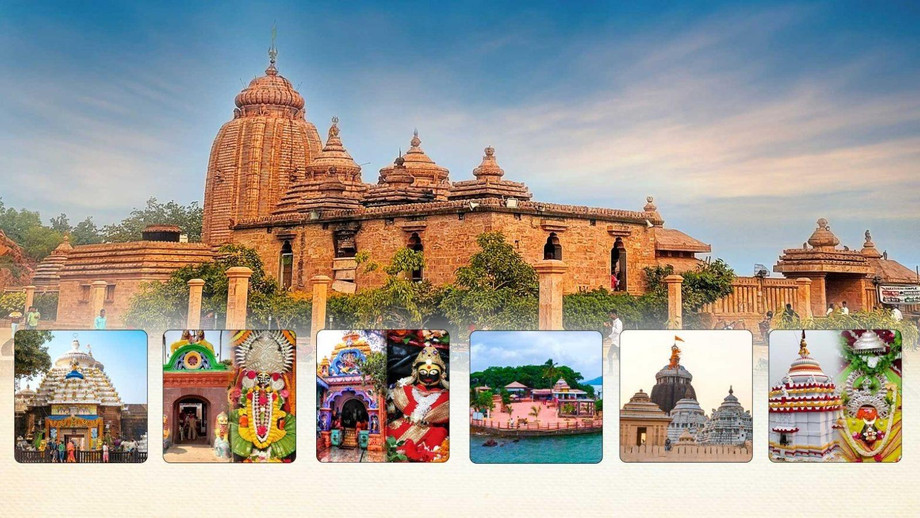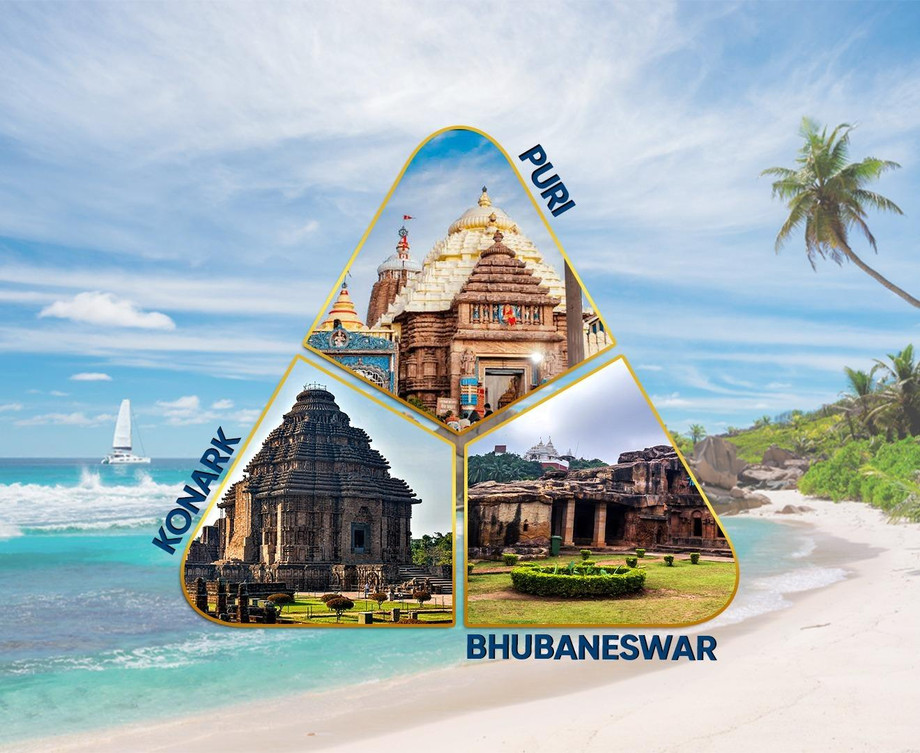Odisha Holiday Packages – Discover the Soul of Eastern India
The clang of temple bells at Jagannath Puri doesn't follow a schedule. It slips between traffic noise and chanting, caught in the scent of ghee lamps and sea salt. Odisha doesn’t offer spectacle by design. But if you pay attention — to the texture of its stone carvings, to the stillness of Chilika Lake before sunrise, to the soft resistance of sand at Konark Beach — a pattern begins to emerge. And it’s one that rewards patience, not performance.
In 2025, Odisha holiday packages are no longer footnotes in broader East India tours. They stand on their own — not because of marketing, but because the state insists on being understood rather than consumed.
Not Just Temples. Timelines.
Any discussion of Odisha begins — inevitably — with its temples. And yet, what matters more than their architecture is how they remain in use. At Lingaraj in Bhubaneswar, you’ll find priests carrying out rituals uninterrupted by the presence of DSLR cameras. Tourists step aside not because they’re told to, but because something older is already in motion.

The Konark Sun Temple, a 13th-century sandstone structure shaped like a chariot, is no longer active in ritual terms. But the shadows cast by its wheels still mark time. Even in partial ruin, it draws attention without demanding it. Nearby, schoolchildren eat ice cream on the steps. Local guides wait under banyan trees. Nothing is polished for display. And that’s exactly the point.
Packages that merely list these temples as "attractions" miss the entire context. The temples are not objects. They’re events — lived daily by those who inhabit their orbit.
The Water Isn’t Still. It’s Working.
Chilika Lake stretches along Odisha’s southeastern coast like an inland sea — saline, shallow, and filled with movement that isn’t always visible. In Mangalajodi, birds gather in the thousands during winter. Painted storks, black-tailed godwits, and northern shovelers sift through the reeds as boats drift silently by. Most of the boatmen are former poachers, now trained guides who know exactly where the marsh ends and the channels deepen.
Further south, Barkul offers a different entry point — more resorts, slightly more curated. But even here, the lake resists dramatization. Its beauty lies in its function: a habitat, a livelihood, a living ecosystem. Tour packages that integrate Chilika well do more than offer boat rides. They explain why the water behaves as it does — tidal, seasonal, often contradictory.
At Swosti Chilika Resort, travelers find a midpoint between eco-awareness and comfort. The food draws from nearby markets. Rooms face the lake not for the view, but to keep the wind patterns consistent with the building's orientation. These details matter — not because they’re glamorous, but because they’re right.
The Beaches Keep Their Distance
Unlike the crowded waterfronts of Goa or the manicured coastlines of Kerala, Odisha’s beaches do not rush toward you. They leave space. In Gopalpur-on-Sea, mornings begin with the sounds of fishing nets being hauled ashore and the quiet conversations of vendors rinsing prawns in saltwater buckets.
Luxury properties like Mayfair Palm Beach Resort occupy colonial-era buildings with restraint. There’s no attempt to “modernize” what doesn’t need fixing. Wide verandas, old stone floors, and ceiling fans that creak slightly in the wind — all remain.
Further north, Chandipur offers a beach where the sea disappears twice a day, receding over 5 kilometers at low tide. There’s no performance to it. Just mudflats, exposed shells, and children chasing crabs across wet sand. The right holiday packages let guests witness this without turning it into a photo op.

Not Just Cuisine. Conditions.
Food in Odisha doesn’t lean on reinvention. It relies on sequence and temperature. Pakhala — fermented rice soaked in water and eaten cold with green chillies and fried vegetables — is served not for effect, but because it suits the heat. Chhena poda is baked cheese not in an oven, but under coals.
In Bhubaneswar, Dalma restaurants serve lentil stew with seasonal vegetables and no substitutions. In roadside stalls near Cuttack, you’ll find dahi bara aloo dum — a dish where curd-soaked lentil fritters meet a fiery potato curry, balanced by chopped onions and coriander. It’s not plated delicately. It doesn’t need to be.
Holiday packages that prioritize coastal resorts and overlook these flavors lose something essential. Odisha doesn’t ask you to admire its food. It asks you to finish it, maybe sweat a little, and reach for more.
Tribal Markets and Material Culture
Odisha holds more than 60 distinct tribal communities — each with its own language patterns, weaving traditions, and market days. Places like Koraput, Rayagada, and Nabarangpur aren’t polished for tourism, and shouldn’t be. But some holiday packages now offer access to weekly haats (markets) where barter still functions, and beads, grains, and iron tools are traded on woven mats.
Kotpad textiles, dyed with iron-rich soil and woven from coarse cotton, aren’t softened for urban preferences. Their color depends on fermentation, not factory dye. When done well, these textile trails form part of Odisha holiday packages with substance — not as shopping detours, but as introductions to systems of making that resist trend.
Puri Isn’t Just for Pilgrims
Yes, the Jagannath Temple remains central to Puri’s identity. But the town has a daily life outside of festival dates. Early mornings see local boys playing volleyball on the beach. Vendors set up rows of plastic stools near the lighthouse, selling tea in glass cups. At Anand Bazar inside the temple, food is prepared in quantities large enough to feed thousands, yet cooked on wood-fired stoves in clay pots.
Most Odisha holiday packages include Puri. The best ones allow time to witness the temple kitchens, to walk past chariot wheels stored for Rath Yatra, to speak to servitors whose duties are divided by caste and lineage, not corporate structure.
There’s no single experience here. Just coexisting systems that have been in place long enough not to explain themselves.
What a Good Odisha Holiday Package Should Know
Odisha’s power lies not in obviousness, but in endurance. Temples still function. Lakes still provide. Weavers still produce for markets that aren’t online. Food still respects weather. And people still pause at roadside shrines without needing to explain why.
In 2025, the best Odisha holiday packages aren’t defined by checklists. They’re defined by pace — the willingness to wait for the sea to return at Chandipur, to listen to a Mangalajodi boatman point out a bird species by call alone, to accept that not all temples are open to all — and that this, too, is part of place.
This is not a destination that asks for applause. It simply asks to be observed, uninterrupted.
Comments
Post a Comment